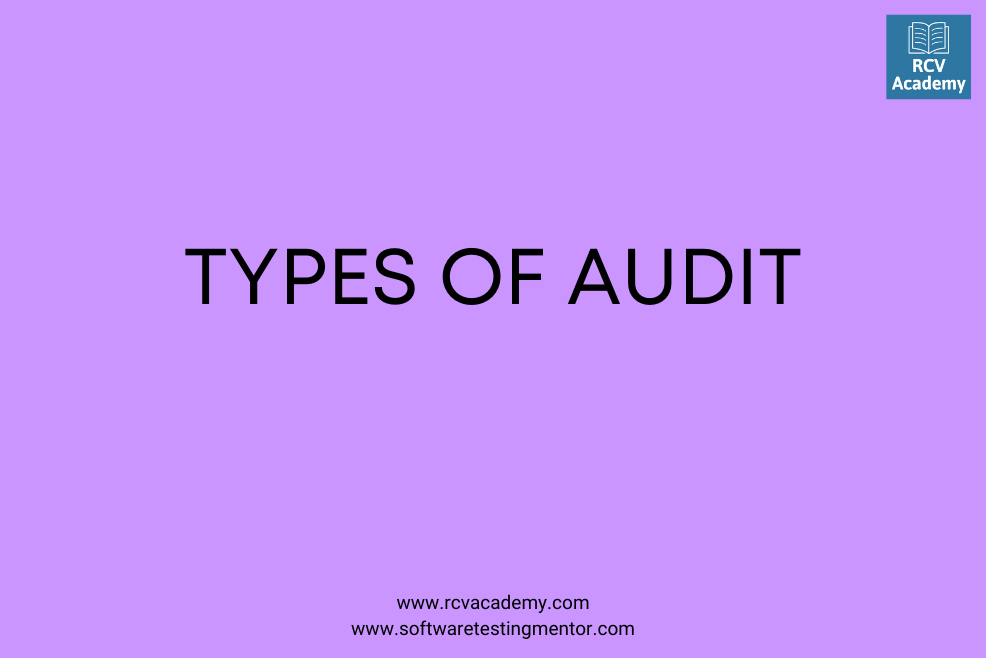In this tutorial, we will learn about the definition, objective, functions, and steps of management audit through a goal and comprehensive examination of the organization structure, its components such as department, its plans and policies, methods of processor operation, and controls.
It is a form of appraisal of the management’s total performance. It employs an objective and comprehensive examination of the organization structure, its components such as department, its plans and policies, methods of processor operation and controls, and its use of physical facilities human resources.
“The management audit has been defined as a comprehensive critical review of all aspects of the management process.” T.G. Toke
“Management audit is an investigation of a business from the highest level downwards to ascertain whether sound management prevails throughout, thus facilitating the most effective relationship with the outside world and the most efficient organization and smooth running internally.” Leslie R. Howard
OBJECTIVES OF MANAGEMENT AUDIT:
- Reveal defects or weaknesses in any of the elements examined by the management auditor and to suggest improvements to obtain the best possible results of the operations of the concern.
- To ensure the most efficient administration of the operations essential for the smooth running of the business.
- To obtain the efficiency and effectiveness of the management.
- To assist the management in establishing good relations with the staff to enable it to elaborate on the duties, rights, and liabilities of the entire personnel.
- To suggest the ways and means and for the achievement of objectives and targets set forth by the management.
- To evaluate by relating inputs (human and physical both) with outputs.
- To facilitate the most effective relationship with the outside world and the most efficient organization and smooth running internally.
FUNCTIONS OF MANAGEMENT AUDIT:
A management audit is a complicated and challenging task. It performs the following functions:
- This audit identifies the objectives of an organization if such targets are not set up.
- In this audit allocates the overall objectives of an organization in small parts.
- This audit reviews the structure of the organization and asset of an organization and decides whether goals are obtained or not.
- This audit provides valuable suggestions to the management after the evaluation of all the above facts.
- This audit examines all the scope of work and liability centers.
MAIN STEPS IN MANAGEMENT AUDIT:
The process of management audit can involve the following main steps:
- To identify the objectives of the organization, to start with, it would be an essential step to perceive clearly and determine precisely the goals of the organization.
- To break down the objective into a detailed organization.
- To assess the adaptability of the organizational structure to achieve the targets effectively. After all, it is an organizational structure to attain goals and implement plans for an enterprise.
- In evaluating the performance of functional areas. Above all, each functional area is to contribute its maximum for the attainment of targets.

